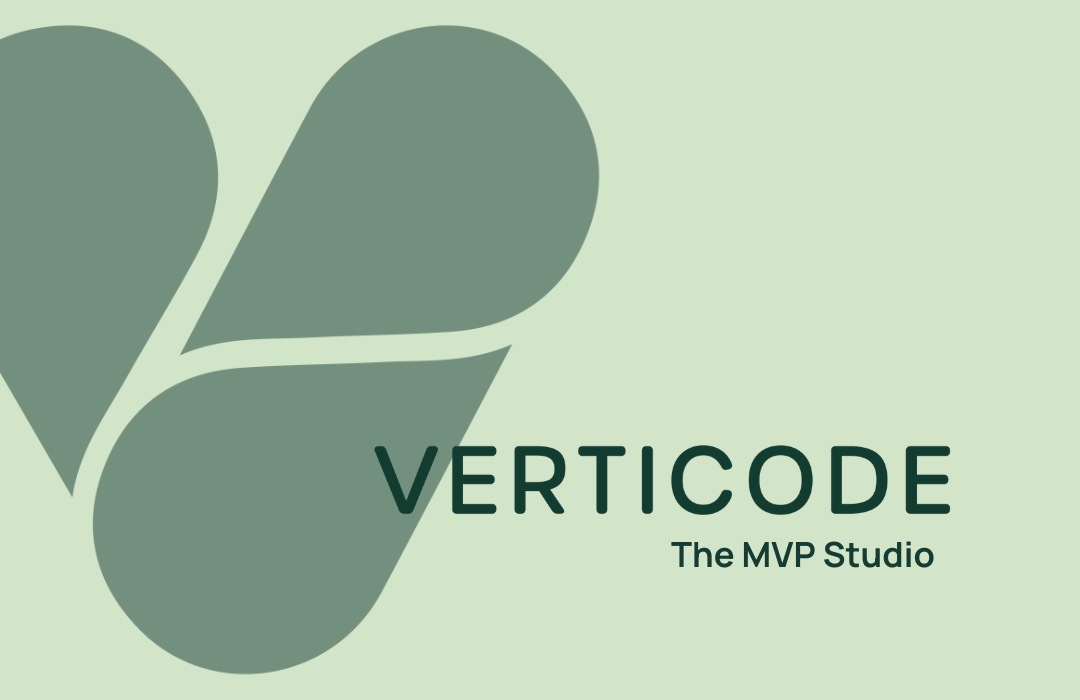Key Considerations when Building your MVPTom Green, Co-Founder @ VerticodeDecember 1, 2022, 2 min read
Let’s discuss MVPs. A Minimum Viable Product, which we will refer to going forward as an MVP, is a statement of the smallest possible features that will work in solving the core of the customer problem AND will show the value of the product. Put another way, it’s the simplest, easiest, fastest, least expensive way of creating a solution to address a customer problem. Creating an MVP minimises time and cost of development by getting your product in the hands of early adopters sooner. Doing this maximizes customer learning the fastest way possible, by answering the biggest questions first. In doing this, you get to test risky assumptions and learn what does and doesn’t matter to the customer. Some Keys to Success while going through this process include:

Start with a solid question to answer
Your MVP should help you answer the most important questions and assumptions that will determine if your business would succeed or fail
State what needs to be learned from your MVP, and from whom
Why are you making this particular prototype? This should tie in to the central question or assumption you are answering.
Make it you MVP as uncomplicated as you can imagine
Your MVP is not a complete version of your finished product. It’s simple and may not completely address every aspect of the problem you are focused on
MVPs can be cringe-worthy
This is a favourite saying of LinkedIn founder, Reid Hoffman. It’s ok if your MVP is a little embarrassing. If it doesn't have all the bells and whistles that’s fine, as long as it can effectively answer your core question and give you insights from a customer using it.
Find the minimum feature-set
You are NOT making a version with all the features your final product would have. Focus on the most important features. Strive to make an MVP with less than 5 features. Often times it’s 1 or 2 main features that will solve a majority of the customer’s problem.
Remember it’s about your client and your business model NOT your invention
It’s easy to get caught up in making the product YOU want. But what YOU want may not match what is important to the CUSTOMER. Make the product for them. That’s why you should review interview insights from past customer research to guide you.
Begin with the lowest cost and highest value tests
By design, MVPs are meant to be less expensive and focus on the most important things
Sometimes you will make more than one MVP
Since a single MVP may not give you an answer to every core question, you might plan to make multiple MVPs, each time validating a core assumption.
Measure Customer Enthusiasm
This is a true measure of likelihood of success. Lukewarm customer responses are dangerous since this leads you to waste time and money on a solution to a problem that customers don’t care enough about to change their behaviour. Low enthusiasm could also mean that the MVP you created and your final product really doesn’t solve the customer problem or adequately address the job being done.
Suggested Articles




